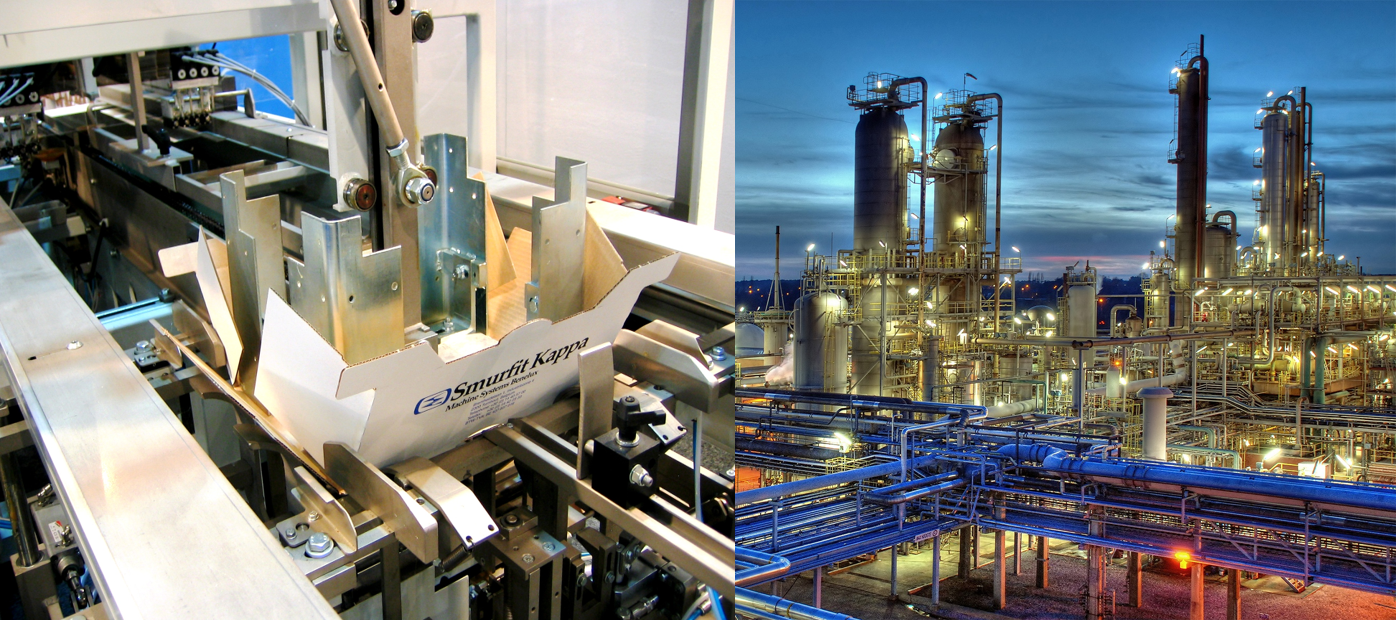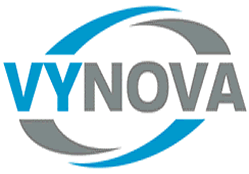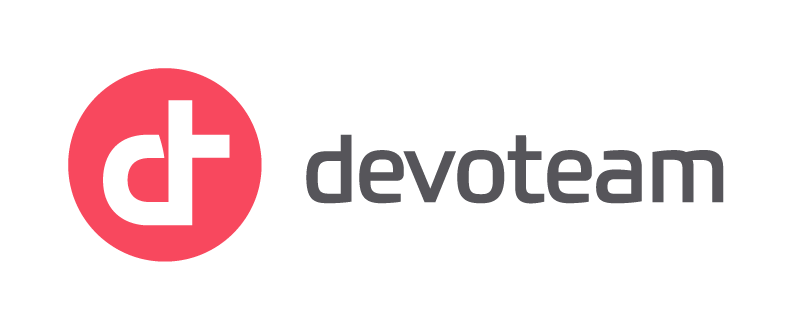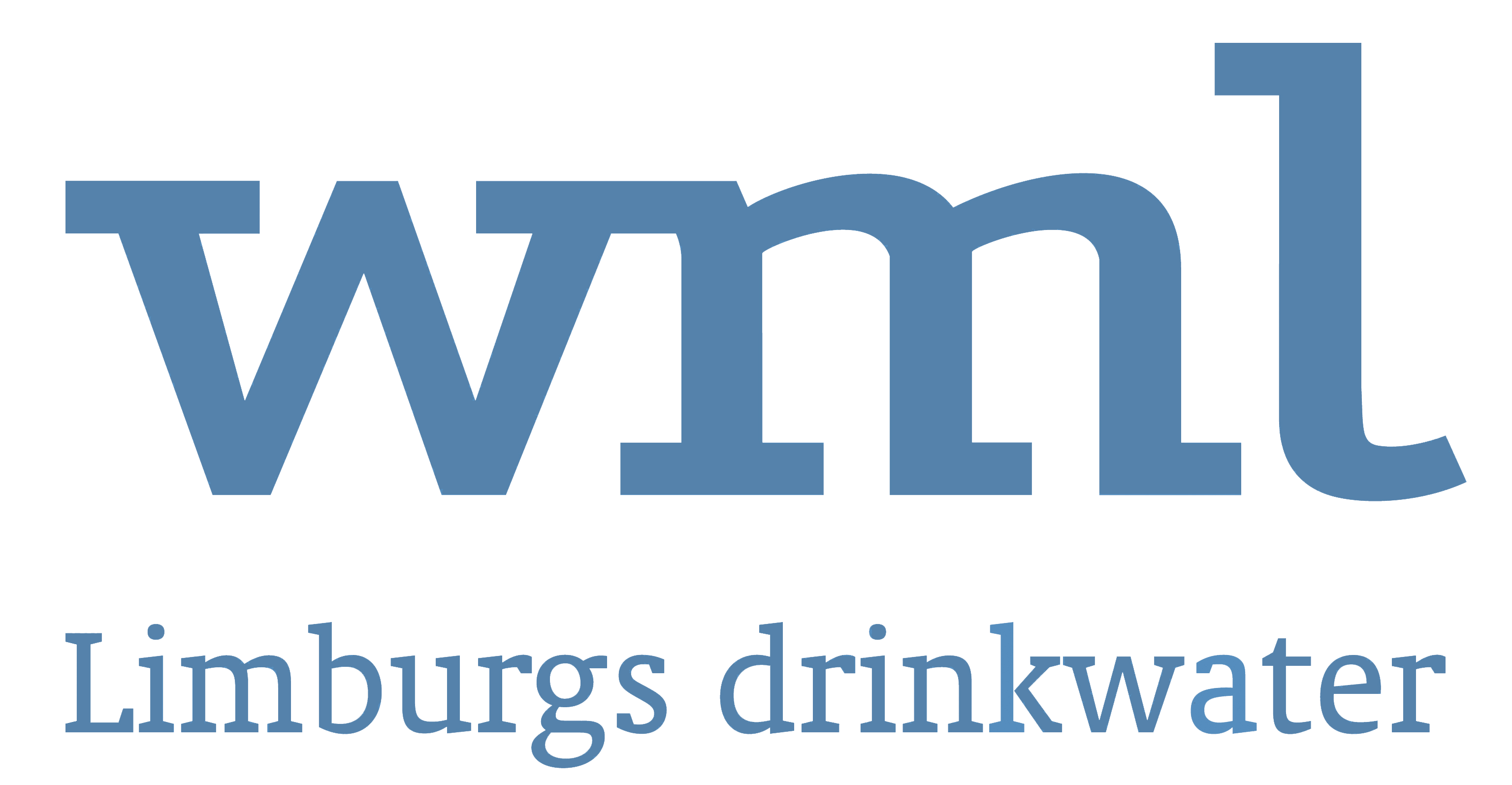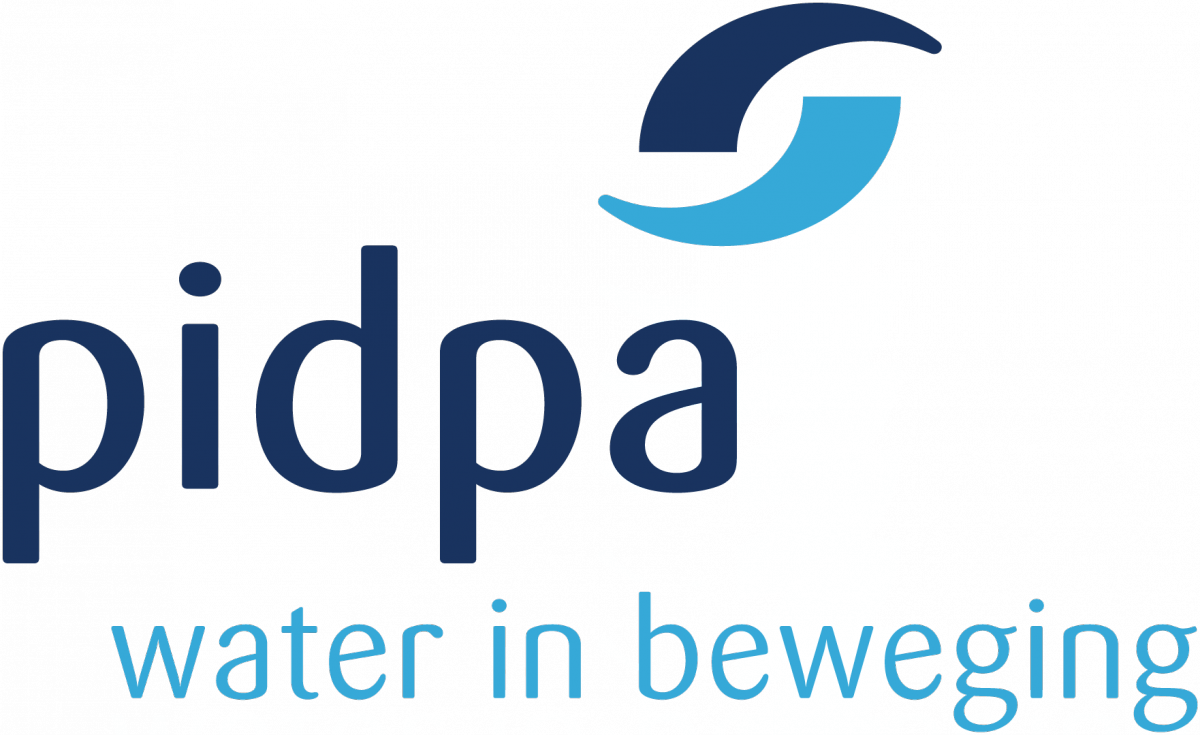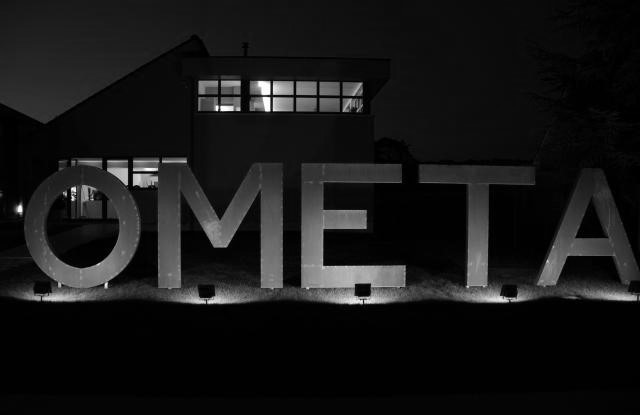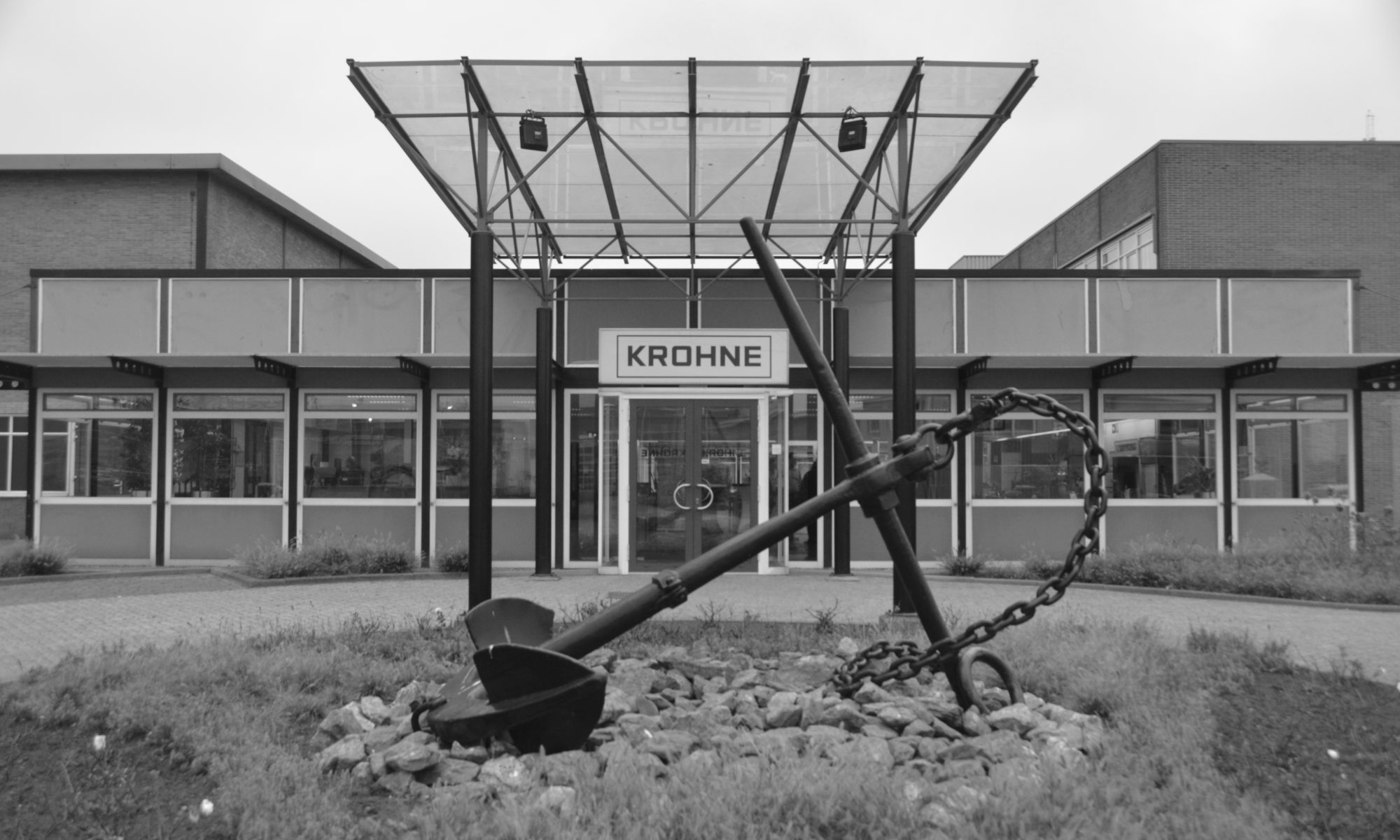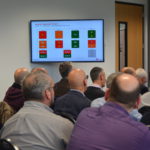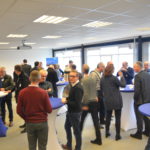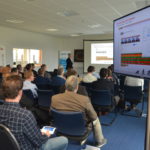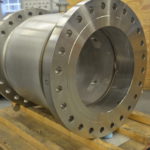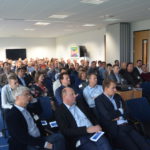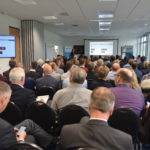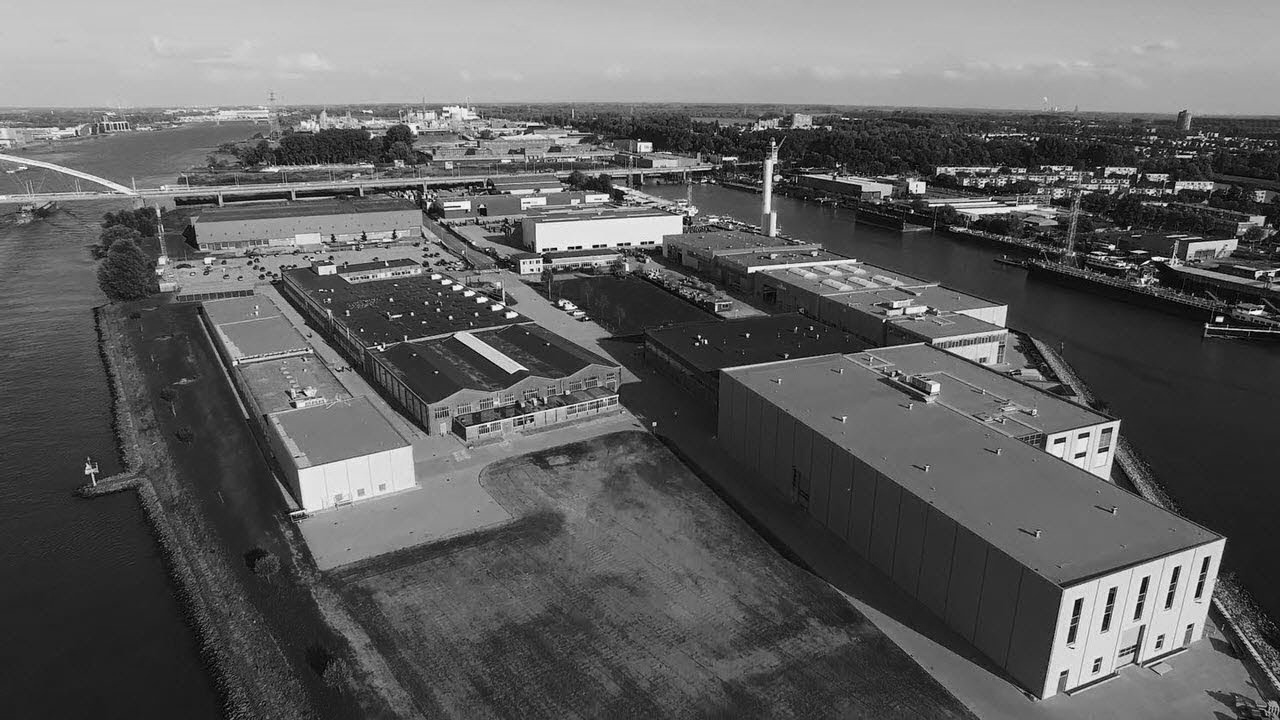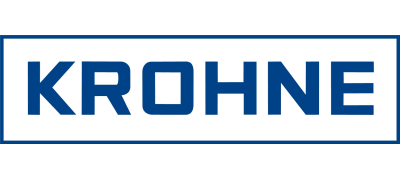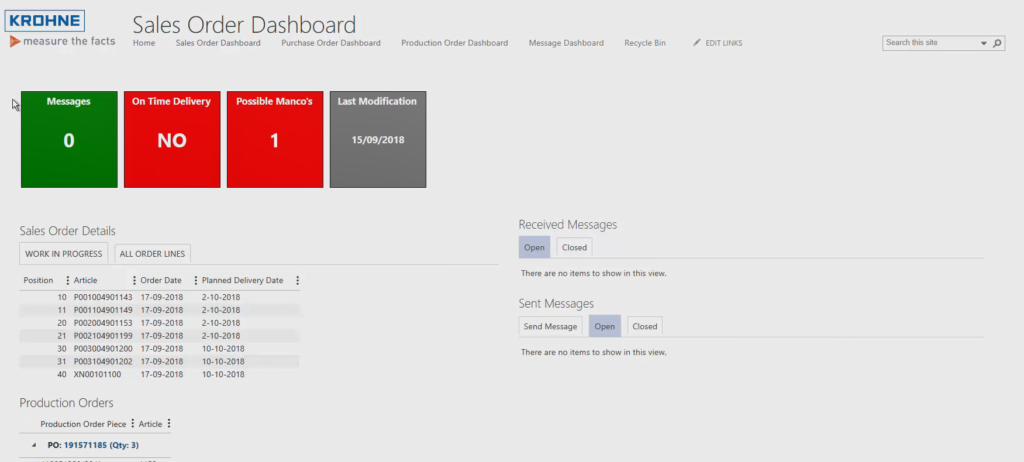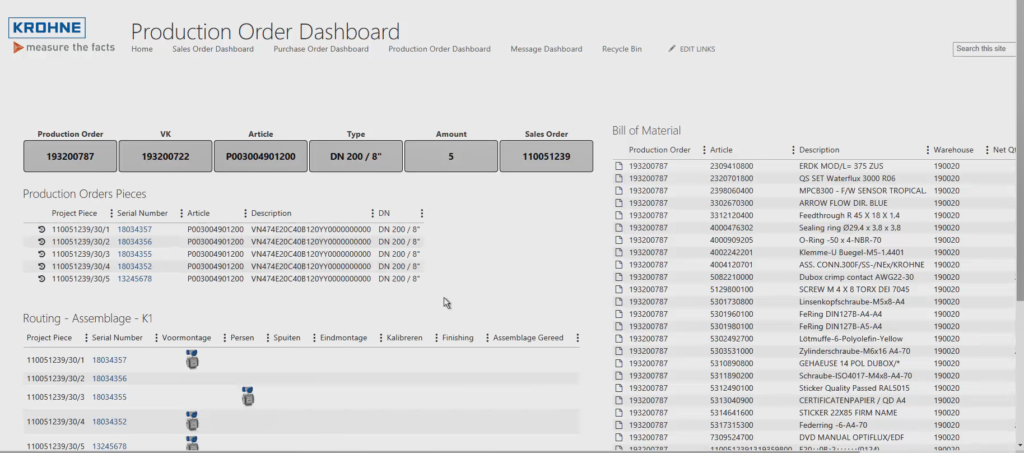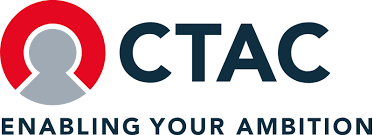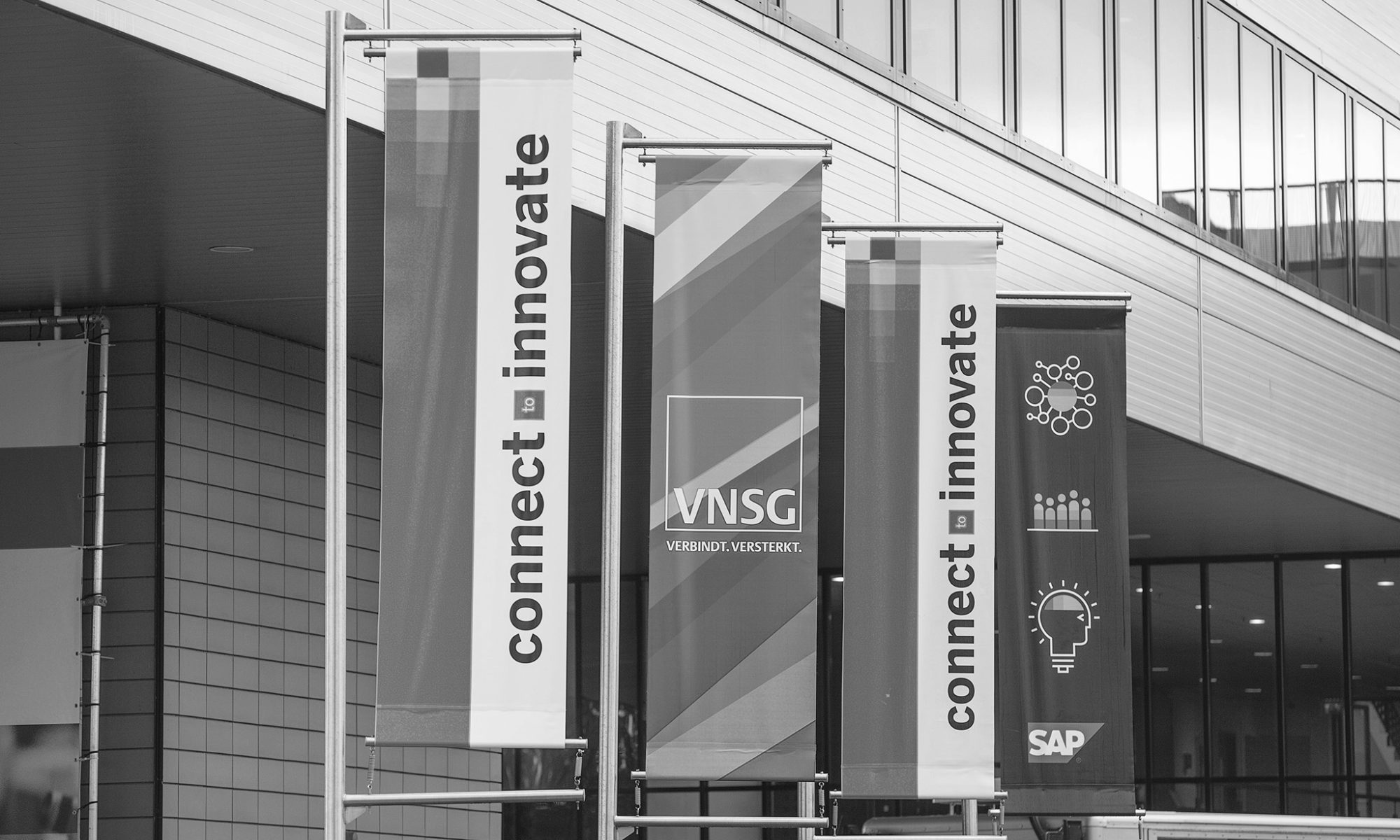Waterleiding Maatschappij Limburg (WML) supplies drinking water to more than 500,000 households and 15,000 companies in the province of Limburg. The Ometa framework enables the drinking water company to link its ERP system to SharePoint Online. The result: streamlined document management and higher efficiency.
While all WML key data about customers, suppliers, projects and employees had been neatly structured in SAP, the Limburg drinking water company’s ERP system, for many years, the associated documents had been scattered here and there on local file servers, individual hard drives and the mailboxes of employees.
Framework as USP
Project Manager Aart Nap: “People were e-mailing documents to each other and storing them somewhere locally for editing purposes and to forward them again later. This kept happening until we got up to 19 versions of some files. As a result, it would take a long time to track down the most recent version of a document. Not to mention the risk of error.”
Improvements had to be made to streamline and update the system. That is why, three years ago, WML started looking for a partner to implement a document management system. Since the organisation wanted to remain within the Microsoft portfolio, the selected option was SharePoint in an Office365 environment. Aart Nap: “Among the proposals submitted by the different SharePoint implementers, the Ometa concept stood out immediately. They were the only ones to provide us with an integrated solution for our information management in the form of a framework between SharePoint Online and SAP.”
“It would take a long time to track down the most recent version of a document. Not to mention the risk of error.“ – Aart Nap
Automatic file creation
The entire WML office environment has now been switched to the Ometa framework. The next phase of the rollout will concern the field staff. Kay Nauman, Functional Application Specialist Microsoft & Office365, tells us more: “SharePoint Online is our only access point to view and edit documents and associated ERP data in real time. The entire system runs in the cloud, which means that employees can work any time anywhere, without the need for cumbersome login procedures or local file storage.”
But there is more: the Ometa framework automatically creates files based on the structures in the ERP system. Kay Nauman: “When a new employee starts working, for example, a personnel file is created as soon as the newcomer’s data is entered in SAP. Same story for customers, suppliers, projects, etc.: specific actions in the ERP environment trigger the creation of files in SharePoint. What an employee will or will not be able to see depends on his or her role in the organisation.”
“SharePoint Online is our only access point to view and edit documents and associated ERP data in real time.” – Kay Nauman
A boost for productivity
The new working method has already begun to pay off as employees waste less time searching, editing and sharing files. Plus, they are also 100% sure that they work in the correct version of a file, which improves the quality of information. Aart Nap: “Research by Gartner shows that an employee spends on average an hour a week looking for documents. If we can halve that time, we will have achieved an incredible time saving for WML at an organisational level.”
Kay Nauman: “Even though the various departments are still getting used to the Ometa solution, in the foreseeable future it will lead to improved mutual cooperation and higher productivity. In short, it is thanks to this solution that we can really enter the digital age.”


